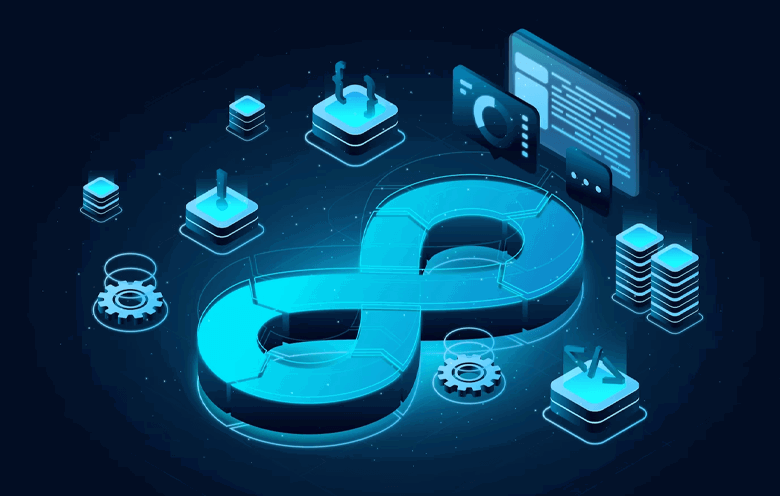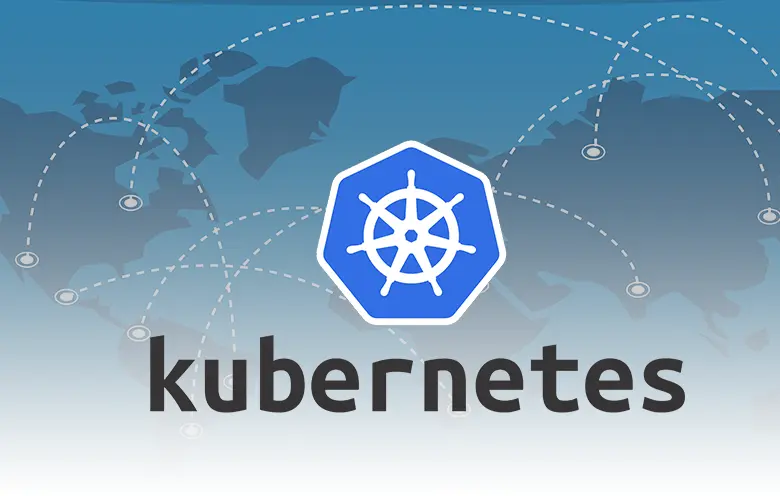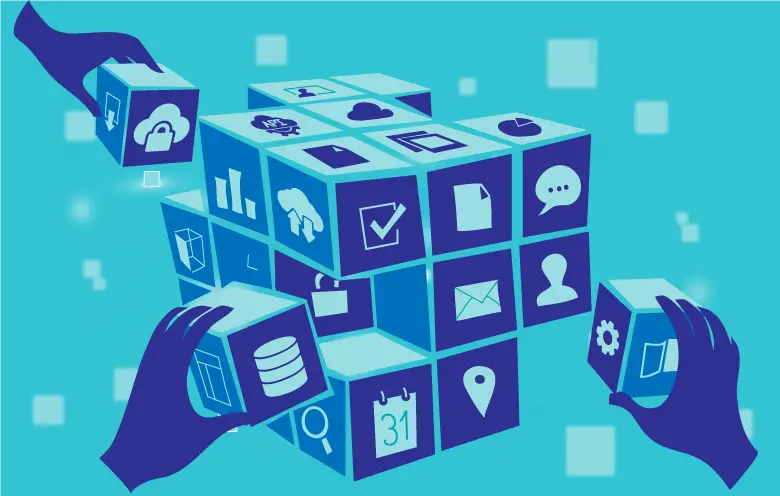Your journey to the cloud is more than a move—it’s a transformation. Beyond the migration, the real game-changer is what follows: adapting your applications and development practices to leverage the full power of microservices in the modernized cloud.
In this blog, we’ll dive into the specifics of post-migration modernization, tackling key strategies and navigating challenges together. Let’s unlock the unique potential of your cloud journey, ensuring not just efficiency but continuous innovation and success tailored to your organization’s needs. Join us in maximizing the transformative power of the cloud for your unique path forward.
Assessing your current state: A foundation for microservices success
Imagine your migration to microservices as constructing a skyscraper in the cloud. Just like a towering building needs a solid foundation, to successfully migrate to microservices requires a thorough understanding of your current state. Before you start laying the first brick, a careful assessment of your existing landscape is essential. This exploration reveals opportunities and uncovers hidden challenges, paving the way for a successful microservices transformation.
Mapping the monolith
- Identify candidate modules: Scrutinize your application and identify modules ripe for liberation. Focus on those entangled in dependencies, critical to business value, or hindering scalability.
- Inventory technical debt: Identify obsolete libraries, old code, and hidden bugs. Resolving these technical obstacles early on guarantees a more seamless transition process.
- Chart the dependency web: Discover the intricate module connections to anticipate cascading impacts during deconstruction. This plan avoids disruptions and ensures a smooth transformation.
Implementing Continuous Integration/Continuous Deployment
Evaluating your cloud readiness
- Security audit: Assess your current security posture and identify areas for improvement. Remember, microservices rely on robust cloud security to thrive.
- Scalability analysis: Evaluate your application’s resource usage and find out any possible bottlenecks. Strategize your cloud infrastructure to support future expansion.
- Integration assessment: Assess current external systems and legacy platform integrations. Determine if additional tools are needed for seamless microservices communication.
Training and skill development to build your team
- Skill-gap analysis: Identify the skills and knowledge your team needs to effectively manage and develop microservices. Develop training and skill development programs or recruit talent to fill any gaps.
- Cultural shift: Encourage a collaborative and agile mindset within your organization. Microservices thrive on cross-functional teamwork and continuous learning.
This in-depth assessment paves the way for informed decision-making throughout the migration process. By understanding your current state and potential roadblocks, you can chart a clear course toward a successful microservices-powered future in the cloud.
Defining objectives: Aligning microservices with business value
With the landscape assessed, it’s time to chart your destination. This isn’t just a technical migration; it’s a strategic move with specific goals in mind. So, grab your compass and define the objectives that will guide your microservices journey.
Clarity through alignment
- Business agility: Do you crave faster deployments, easier updates, and quicker adaptation to market demands? Microservices empower agility, enabling you to respond to change with lightning speed.
- Enhanced scalability: Is resource flexibility and cost optimization at the top of your agenda? Microservices scale independently, freeing you from the limitations of monolithic infrastructure.
- Improved resilience: Does minimizing downtime and ensuring fault isolation sound appealing? Microservices offer built-in resilience, preventing a single failure from bringing your entire application to a standstill.
- Development innovation: Do you dream of empowered teams and shorter development cycles? Microservices foster a culture of innovation, promoting independent ownership and experimentation.
Metrics of success
- Quantify your goals: Define concrete metrics for each objective. How much faster will deployments be? What improvement in resource utilization can you expect? Track progress and measure the real-world impact of your microservices transformation.
- Prioritize with purpose: Not all goals are created equal. Prioritize your objectives based on their strategic importance and alignment with your overall business vision.
Beyond technical migration
Remember, microservices are not just a technical shift; they’re a business transformation. Ensure your objectives reflect this broader impact. Are you aiming to improve customer experience? Streamline internal processes? Drive greater employee satisfaction? By aligning your technical migration with clear business goals, you unlock the true potential of microservices and set your organization on a path to sustainable success.
Suggested: Microservice: The Future of Applications – Don’t Get Left Behind
Choosing the cloud platform: A strategically aligned foundation for microservices
Selecting the right cloud platform for your microservices migration is akin to choosing the bedrock upon which your digital empire will be built. With an abundance of options, each boasting unique benefits and features, a meticulous and insightful evaluation is paramount. Consider these key aspects to solidify a robust foundation for your microservices success:
1. Security fortification: Ensure the platform possesses an unwavering commitment to security framework. Evaluate its data encryption protocols, penetration testing methodologies, and disaster recovery plans. Remember, your microservices, the lifeblood of your operation, warrant an impregnable digital fortress.
2. Scalability expansion: Choose a platform that readily adapts to your evolving needs. Seek elastic resource provisioning that accommodates both peak demand surges and periods of quieter activity. This optimizes resource allocation and prevents unnecessary expenditure.
3. Interconnectivity bridges: Seamless communication is vital within your microservices ecosystem. Prioritize a platform equipped with robust integration tools, enabling swift and secure data exchange with external services and legacy systems. This fosters agile collaboration and drives operational efficiency.
4. Peer community insights: Leverage the collective wisdom of experienced cloud-based microservices pioneers. Explore case studies and testimonials from organizations similar to yours who have successfully navigated this transformative journey. Their experiences offer valuable insights into potential challenges and best practices, paving the way for a smoother, more successful migration.
Deconstructing the monolith: Choosing the right migration strategy
With your cloud platform chosen, the critical task of deconstructing your monolithic application and laying the foundation for your microservices ecosystem begins. This requires a carefully crafted migration strategy, a roadmap that guides the transformation from an intricate, interwoven structure to a network of independent, agile districts.
Choosing the optimal migration strategy demands a thorough understanding of your application’s complexity, dependencies, and risk tolerance. There’s no single “silver bullet” approach, and each method offers distinct advantages suited to specific scenarios. Here’s a breakdown of the main options:
1. The big bang approach: This method involves a complete and swift dismantling of the monolith. New microservices are rapidly constructed in the cloud, replacing the monolithic structure in one decisive maneuver. This minimizes overall downtime but necessitates meticulous planning and synchronized execution to avoid disruption.
2. The phased migration: This gradual approach prioritizes controlled transitions. Individual modules are migrated one at a time, ensuring continued operation of the monolith while its digital counterparts take root in the cloud. This minimizes risk and allows for course correction during the process, making it ideal for complex applications with tightly coupled components.
3. The blue-green deployment: This technique leverages parallel environments for a seamless transition. Two identical cityscapes exist: one hosted on the monolith, the other a fully migrated microservices metropolis in the cloud. By carefully orchestrating a traffic switch, the migration occurs transparently to users, minimizing downtime and maximizing experience.
4. The strangulation pattern: This approach focuses on gradual isolation and containment. Monolithic components are progressively wrapped within nascent microservices, effectively strangling the reach of the original structure. This slow and deliberate method prioritizes stability over speed, making it suitable for situations where disruptive changes pose significant risks.
Ultimately, selecting the right migration strategy hinges on a comprehensive assessment of your unique application landscape. Partnering with experienced architects who have successfully navigated similar transformations can provide invaluable guidance. Remember, meticulous planning, continuous adaptation, and choosing the path that best aligns with your specific needs are key to a successful and sustainable microservices migration journey.
Modernize for success: Embracing the cloud with Softweb Solutions
As the software landscape undergoes a seismic shift, clinging to outdated structures isn’t an option. Your applications must shed the shackles of monolithic constraints and embrace the agility and resilience of the cloud. This modernization journey, while transformative, can be daunting. But you don’t have to navigate it alone.
Softweb Solutions stands as your trusted partner in this evolution. We understand the complexities of legacy systems and the intricacies of cloud migration. With our dedicated team of experts and proven methodologies, we guide you through every step, from thorough reverse engineering and strategic architecture reimagination to seamless containerization and deployment.



